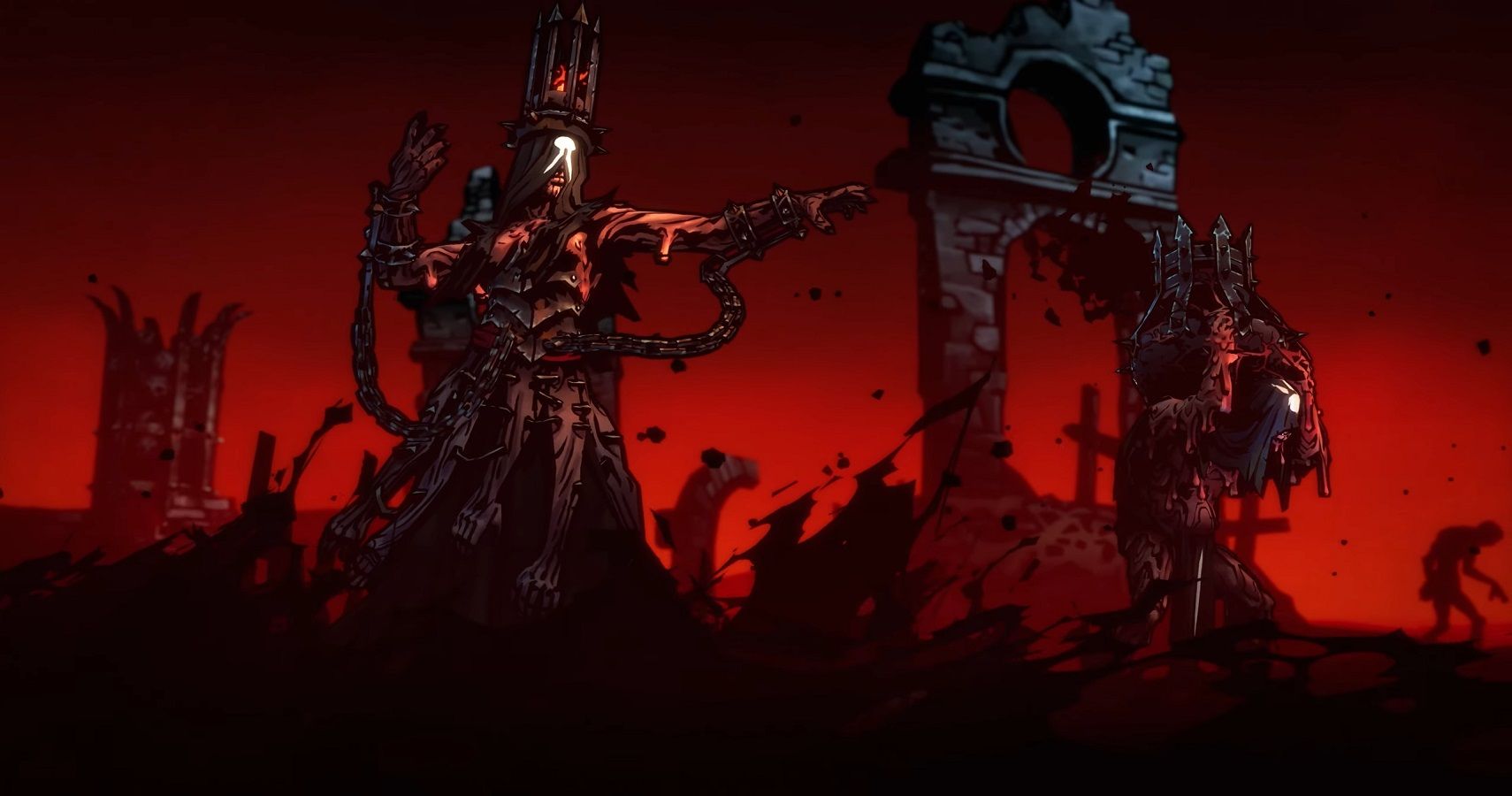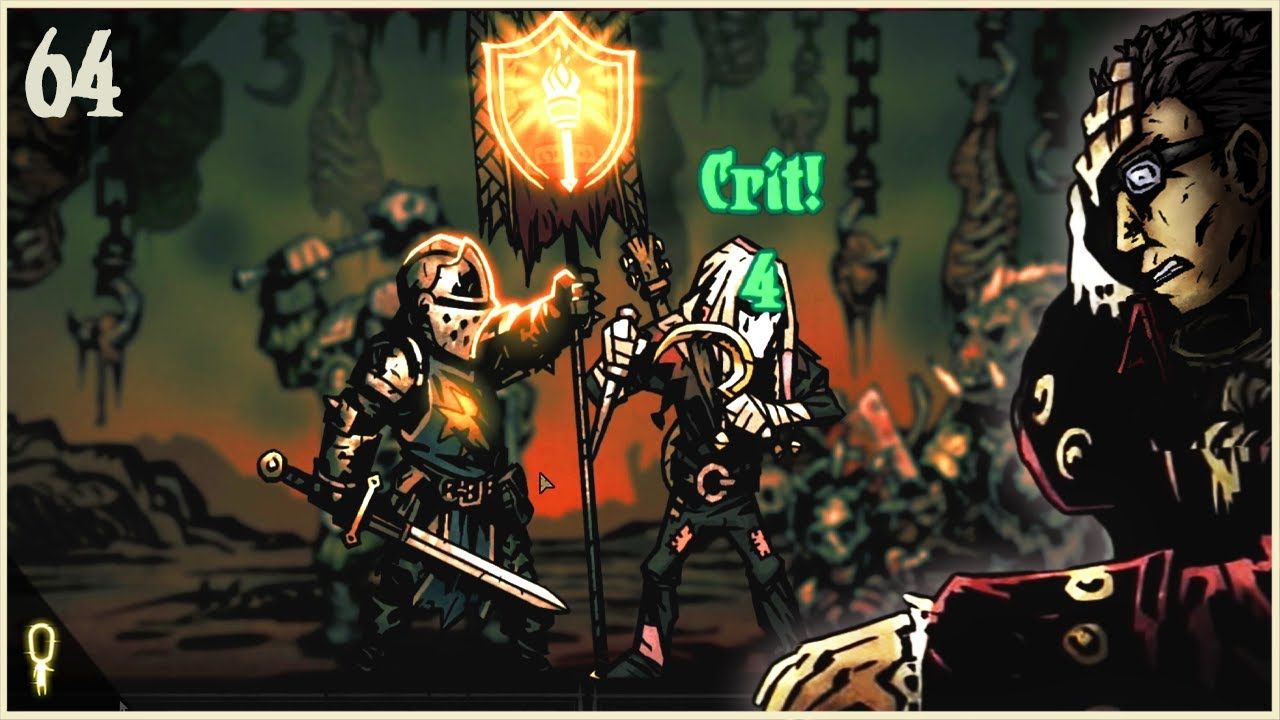Yes, I said it. There has been a general consensus that Dark Souls is the (or one of the) most difficult modern video games. I am here to tell you that if you have not yet tried out Darkest Dungeon, you are missing out on an excruciating, rage-inducing experience that gives Dark Souls a serious run for its money. Now, don’t get me wrong, I am well aware that these are two drastically different types of games. While they may both be considered fantasy RPGs in way (though Darkest Dungeon has more of a gothic feel), Darkest Dungeon is a turn-based, strategy game, while Dark Souls is a third-person, action game. So yes, this is comparing apples to oranges in some regard.
The reason for this comparison is due to the reputation Dark Souls has for being one of the “hardest modern video games in existence.” Dark Souls makes an appearance on almost every single “hardest games” list, but I argue that this is due to a lack of popularity for Darkest Dungeon—not because Dark Souls is actually a harder game.
This is a quick breakdown of what makes Darkest Dungeon so impossible, especially if you are not playing on Radiant (easy) mode. Though honestly, you should try it out for yourself for the full punch in the face…
You Are So Very, Very Poor
Have fun struggling through level one expeditions when you can just barely afford enough food and torches for the journey. If you don’t buy torches, the enemies get more difficult the darker it gets as you walk around. If you don’t have enough food to eat when hungry, you take severe penalties and suffer a high level of stress. Not to mention, if you can’t afford to pay for stress-relief activities in between expeditions, your characters will be just as stressed the next time you want to take them out. Upgrading things becomes incredibly difficult to attain when you’re constantly struggling with being poor.
There Is An Impossible Amount Of Character Information To Keep Track Of
Every single character has their own quirks, both positive and negative, which influence what scenarios they handle best in battle. For example, a character might be anemic, giving them -10% bleed resist, and they might also be claustrophobic, which gives them 20% more stress whenever in closed corridors. Each character can have up to five quirks. In addition, heroes can contract numerous different diseases along the way, such as the Creeping Cough, which causes them to do 20% less damage against enemies. Furthermore, every hero has seven combat abilities, such as dropping 50% damage ability to strike the two front ranks at the same time. They also have seven different camping abilities, such as “encourage,” which reduces stress by 15 for one companion. This isn’t even touching on all the different things you can equip them with, though I find that easier to navigate than the rest.
You Don’t Just Take Physical Damage, You Take Mental Damage
Typically in a game, you’re concerned with ensuring that your character(s)' HP bar doesn’t drop to zero, as the character will die, and you will either lose someone or get a game over. With Darkest Dungeon, not only do you have to worry about that, but you must also be concerned about stress level. When you reach 100/200 stress, severe negative effects kick in with whichever characters have reached that level, causing everything to be 100 times more difficult.
You Have To Deal With Constant Negative Status Effects
It’s not just taking hits and dealing with mental damage—you also have to constantly deal with status effects including bleed and blight (take damage every turn as if poisoned), and stun (skip that character’s turn). In addition, enemies are constantly debuffing you, thus lowering your already less-than-great stats even further. At least for these effects, there are the equivalent of potions to cure them, but good luck affording many of them!
After About Five Minutes, Everyone In Your Party Has Serious Mental Problems
It takes barely any time for your characters to rack up 100/200 stress level. Not only can enemies deal stress damage, but you also take stress points simply by walking around between battles. Once they’ve reached that high of a stress level, they can become irrational, paranoid, abusive, hopeless, and more, which all have severe penalties both in and out of combat, which is already stacked against you. For example, if a member of your party becomes abusive, they start to bully others in your party, increasing your other party members’ stress levels.
Healing Is A Joke
Think you can just stock up on healing potions and be okay? Think again! “Don’t worry, the healer in your party can—” not really! Not only do healing potions not exist in this game, but the food heals 1-2 HP at a time (with most starting characters’ HP usually being in the 20s range), and healers start off healing about six HP at a time if you're lucky. Enemies, of which you are often fighting four of at a time, hit for averagely three to seven damage per hit. Given all these numbers, trying to keep people in your party alive is extremely difficult. Not to mention, when an enemy gets a critical hit—which is semi-frequently—you take extra HP damage and also take stress damage.
You Still Have To Be Concerned With Enemies, Even When You’ve Killed Them
While it’s true that once enemies are dead they don’t hit you anymore, their corpse remains in the way. Your party members have specific ranges that they can hit, and if a corpse is in the way, tough luck. You must actually destroy the corpse in order to get to the other enemies you actually want to hit.
Conclusion
While Dark Souls has many intense and frustrating boss battles, it does not compare to the constant difficulty and never-ending rage brought by Darkest Dungeon. If you spend enough time on it, the game can be fun, but it is certainly not for the faint of heart or the short of temper...




